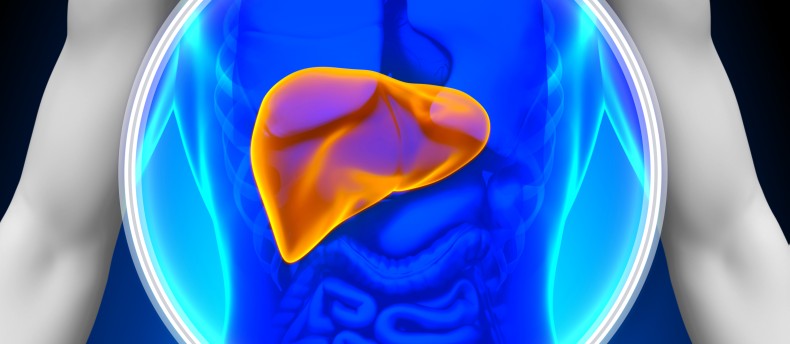
Ask an Expert – Fatty Liver Disease
Question: After my annual health checkup I discovered I have fatty liver disease. What causes this disease?
Dr. Jian Ang, Gastroenterologist, gives her answer…
Fatty liver disease is characterized by the buildup of fat in the liver. The prevalence is 10-46% in developed countries.
The causes of fatty liver disease include heavy alcohol consumption, obesity, high lipid level in the blood, diabetes, insulin resistance and toxins. It is a generally benign condition that has become increasingly common in the world as weight gain and obesity have become more common.
Fatty liver diease is most often discovered during routine laboratory testing or health check-up. Imaging tests (such as ultrasound, CT scan, or magnetic resonance imaging [MRI]) may reveal fat accumulation in the liver but cannot differentiate the severity. A liver biopsy may be required to confirm the inflammation, fibrosis and cirrhosis.
A number of risk factors for liver disease progression have been identified in patients with fatty liver disease. One of the most important risk factors is histologic evidence of hepatic inflammation.
In the mild type of fatty liver disease (no evidence of inflammation by biopsy), the liver functions normally and looks normal under the microscope, except for accumulations of fat within cells. Liver blood tests are either normal, or there may be slight increases of the enzymes made by the liver. The diagnosis may be confirmed with a right upper quadrant ultrasound examination.
However, in the severe type of fatty liver disease (steatohepatitis, indicating inflammation in the liver), fibrosis could happen in the liver. Most patients still have no symptoms. Rarely, patients may present to clinicians with fatigue, a general feeling of being unwell, and a vague discomfort in their upper right abdomen.
Multiple therapies have been investigated for the treatment of non-alcoholic fatty liver disease (NAFLD). Weight loss is the only therapy with reasonable evidence suggesting it is beneficial and safe. Treatment of fatty liver disease aims to control the related conditions such as obesity, diabetes, and hyperlipidemia. Additionally, eliminating the consumption of alcohol is critically important in the treatment of alcohol-related fatty liver disease.
References:
Copyright United Family Healthcare 2018 All right reserved ICP 京ICP备13017554号-4



